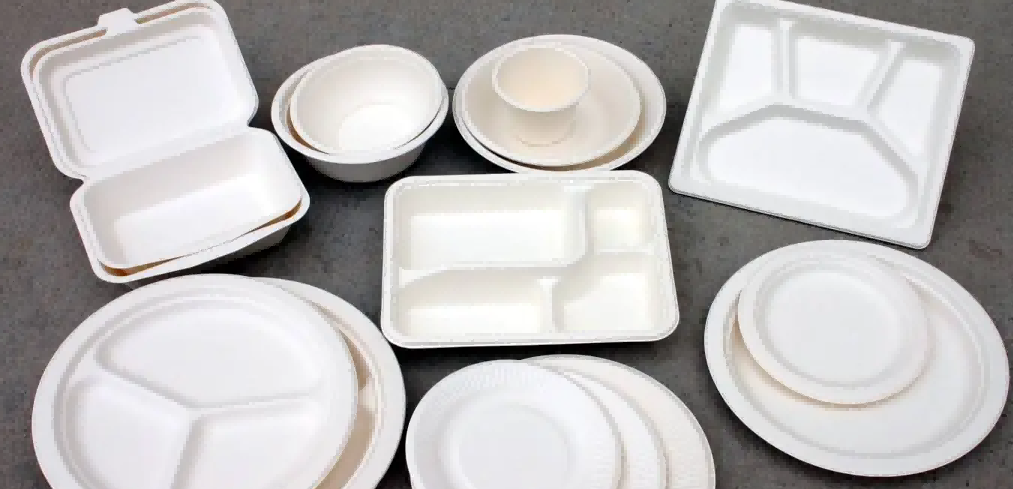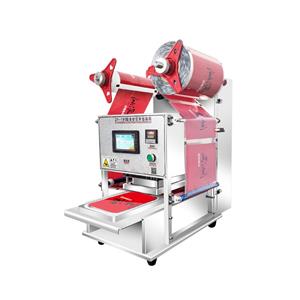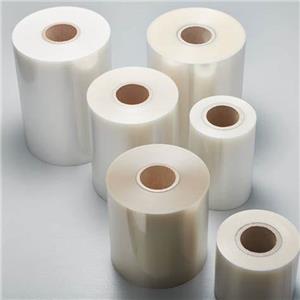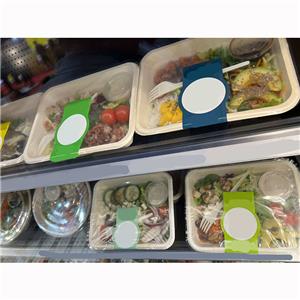How to Identify Biodegradable Tableware
What are the Hazards of Non-Biodegradable Plastic Products to the Environment and Human Body? What are "Biodegradable" Plastic Products? Let's unveil the truth today.

The raw materials for disposable plastic shopping bags and containers mainly come from petroleum-based chemical materials, which consume a large amount of resources and cause significant environmental pollution, posing long-term health risks to the human body. Conventional plastic products take hundreds of years to decompose in the natural environment, and regardless of whether they are disposed of by burial or incineration, they will harm the environment.
Biodegradable tableware refers to plastic products made from bio-based materials that can ultimately decompose in natural environments or composting conditions. Generally, biodegradable plastics are milky white and have a paper-like texture.
Biodegradable tableware is typically made from starch and cellulose-based biomaterials, and under natural conditions, it can degrade in approximately 100 days.
There are two types of materials used in biodegradable tableware: one is made of natural materials, such as paper, straw, starch, and sugarcane bagasse, which are degradable and also known as environmentally friendly products; the other is mainly composed of plastic, with the addition of starch, photosensitizers, and other substances. The biodegradation rate must reach over 60%, and the starch content of biodegradable tableware with starch components should not be less than 40% to meet the "biodegradable" standard.
How to distinguish biodegradable tableware? It can be identified through several methods: "observation,haptic,Smell."
Observation: Firstly, check whether the surface of the tableware is smooth and free from impurities or black spots. Generally, brightly colored tableware may have used recycled plastic, so the darker the color, the less safe it may be.
Touch: The strength of the tableware should be tested, as tableware made from recycled materials or with large amounts of industrial-grade calcium carbonate or talcum powder added typically has poor strength and will easily break with a slight tear.
Smell: Check for any unusual odors from the tableware. Qualified tableware does not have a discernible smell.
The characteristics of unqualified tableware can be summarized as follows: soft to the touch, easily torn, emits a pungent odor, deforms and leaks when heated, leaves a wax mark when folded, and sinks when torn into pieces in water.
By carefully observing these characteristics, everyone can easily determine whether disposable tableware is qualified.




